- Empty cart.
- Continue Shopping
Greystone North Canterbury Sauvignon Blanc 2020
$28.50
Sophisticated and complex Sauvignon Blanc from North Canterbury organic producer. The wine reflects fruits with decent ripeness and some ageing on-lee. There are good fruity notes and some yeast influence in the palate, almost certainly a food-friendly fine wine.
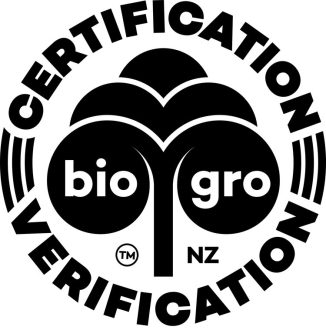

12 in stock
Add to cart
Buy Now
Greystone’s vineyard was first planted in 1999, on the slopes of Omihi Limestone formation near Waipara. The region has a temperate maritime climate, with cold winter. However the area also enjoys warm Nor’wester during summer and autumn, which helps grapes to reliably ripen every vintage. The Estate vineyard yields mainly Pinot Noir, but also significant amount of Pinot Gris, Sauvignon Blanc, Chardonnay and Riesling. Greystone’s vineyard had been organically farmed since 2014, and became certified organic producer from 2018 vintage. Altogether with the winery, it had also became the first certified Toitū vineyard (carbon neutral) in New Zealand from 2022.
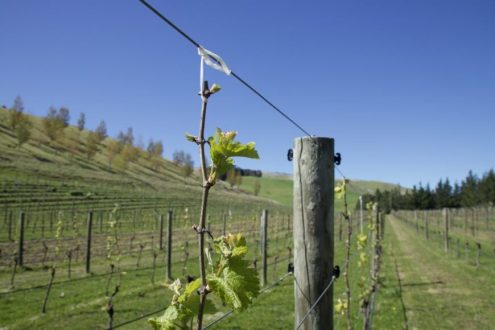
The Sauvignon Blanc blocks grow at the base of the Omihi hills, facing north-west into the North Canterbury sunshine. These are predominantly the rare Loire clones 376 and 530 but also with some Bordeaux MS clone in small amounts.
Talking about clones, the Clone 376 has its origin from Cher department and Clone 530 from Loir-et-Cher. They are uncommonly used in New Zealand, less than 10% of vineyard propagates them. Clone 376 has medium size yield, and usually ripens with aromatic tropical notes, and near gold colour in juice and wine. Clone 530, has smaller berries, but more intense gooesberry notes, and high acidity. A good ratio blend between these two makes a wine worth thoughtful techniques and proper ageing in bottle.
The soils are mainly wind blown loess over clay. The blocks have less limestone influence than the ones on the slopes, which were more suitable for Pinot Noir and Chardonnay. The block surrounded by the Omihi creek has been flooded regularly in the past so has some rich silt deposits on the top with freer draining gravels underneath. The dry North Canterbury summers, bony soils, and the low yielding clones all combine to give very concentrated flavours to our grapes.
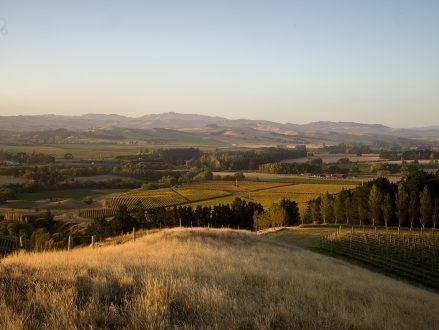
For 2020 vintage, after crush, the juice is placed into old French barriques for fermentation. This wild and barrel ferment means more labour intensive processing. The small barrels allow the acidity to soften and exposes the wine to greater yeast lees, giving the wine more creaminess on the palate. The wild natural ferment is slower and allows greater complexity of flavour, and creamy malolactic ferment adds more texture on the finish.
The finished wine has more golden hue than common Sauvignon Blanc. Nearly pronounced tropical fruit aroma, some bouquets of beewax, yoghurt and biscotti.
On the palate, this wine impresses with its concentration and texture, showcasing the ripeness of the fruit. Fresh acidity provides a crisp and refreshing backbone that carries the wine to a long mineral finish, leaving a lasting impression on the senses. Ripe fruit flavours continue throughout, revealing layers of complexity and depth that linger long after the last sip. Quite a different style of Sauvignon Blanc, nonetheless exalts the fame of New Zealand.
| Weight | 1.3 kg |
|---|---|
| Dimensions | 11 × 11 × 29 cm |
| Country | |
| Wine Type | |
| Serving and Ageing | Serve in Old World Burgundian glasses, at between 10 and 12 degrees Celsius. |



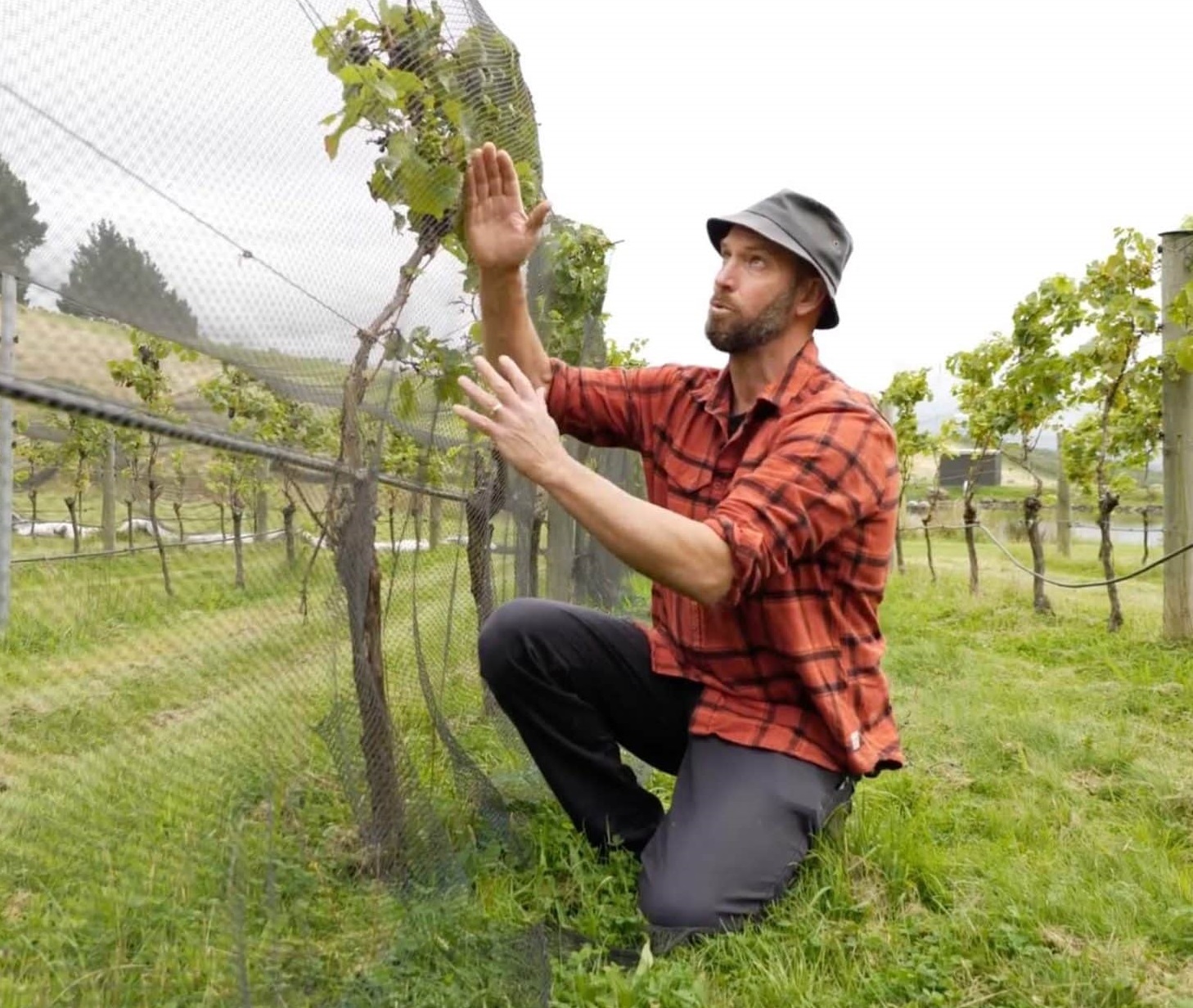
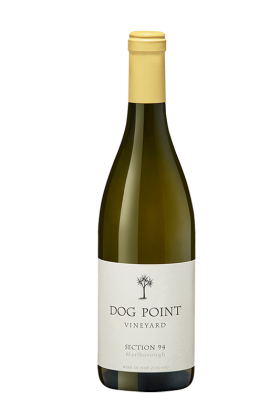
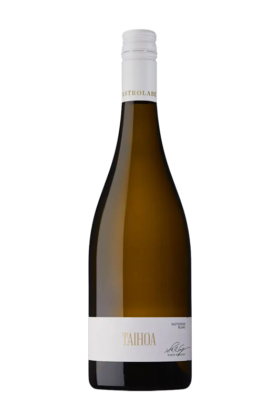
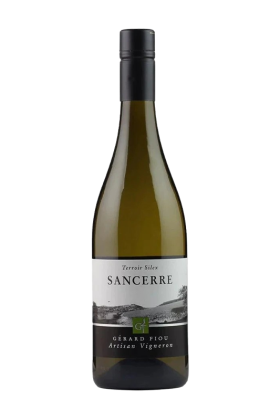





1 review for Greystone North Canterbury Sauvignon Blanc 2020